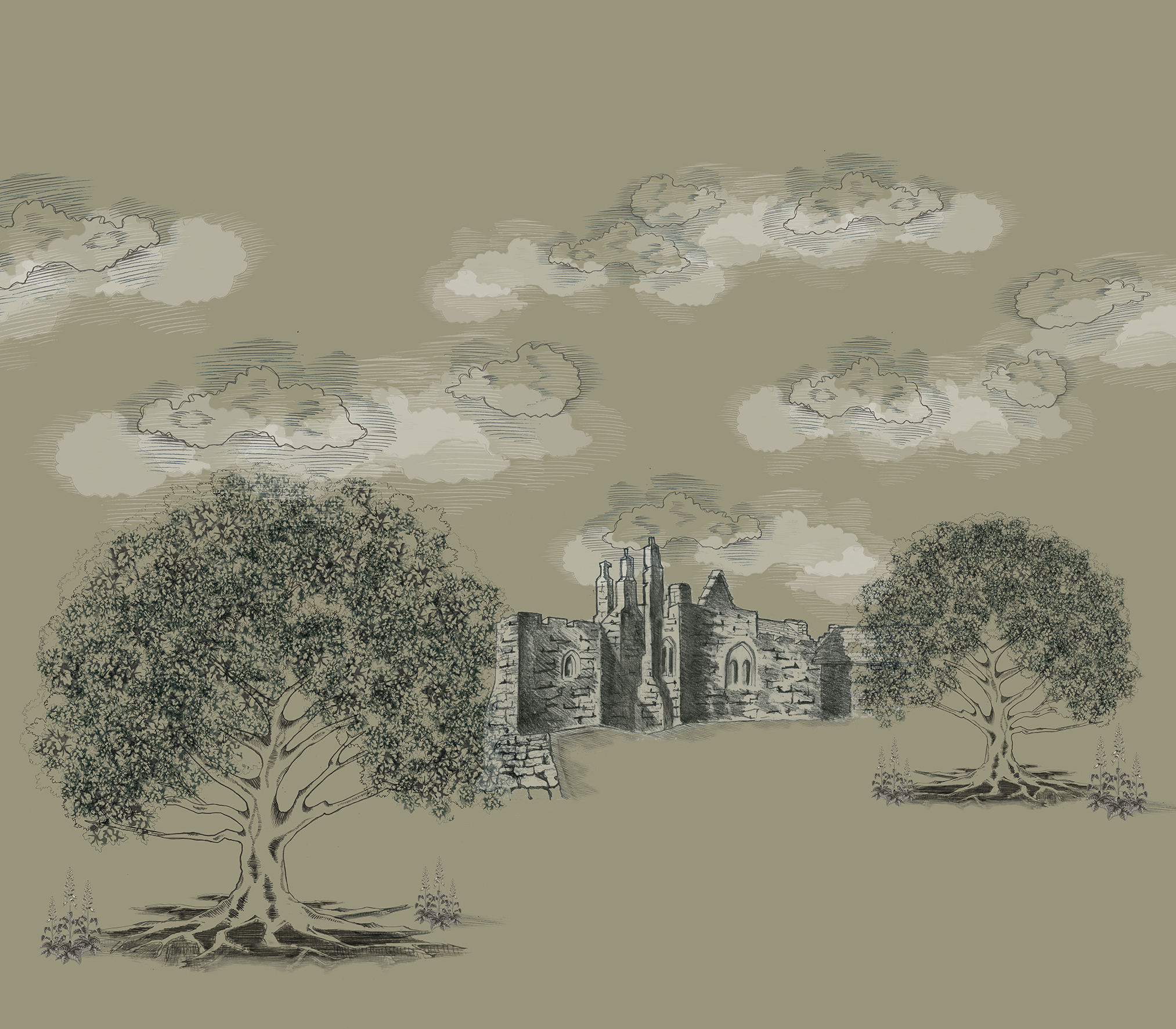Healing and Homemaking
The flowers featured on this wall hanging include foxglove, lady’s mantle, cowslip, poppy, geum, clover and violet. They would have been commonly found in the castle grounds throughout its history and used as medicines to heal the sick and injured. Research has shown that in Medieval times, women took on the role of physicians and apothecaries, maintaining the physical health of their household as well as the domestic tasks of preparing meals and laundering linens. Women entering a male-dominated profession did not always suit the male physicians, who tried to discredit their female counterparts as “chatty, gullible hacks who spout futile words and wield spurious herbs”.
As the textile flows onto the floor, it transforms into a proggy mat, a traditional North East working-class rug, which recycled old clothes into a practical mat to give relief from the cold floors. The rug, often undertaken as a group effort (as it has been here), contrasts with the more traditional domestic pastimes associated with women through the ages such as tapestries and samplers.
The top of the textile features a style of illustration from the 18th and 19th centuries known as ‘toile de Jouy’, which is identified by its traditional use of just one or two colours. Traditional toile de Jouy usually features images of rural idylls, so Aydon Castle has been featured here in a new print, providing a subtle backdrop to the colourful plants illustrated below.
Materials: Digital-printed textile transforming into a proggy mat using upcycled clothes and waste materials.
Designers: Fiona Raeside-Elliott


